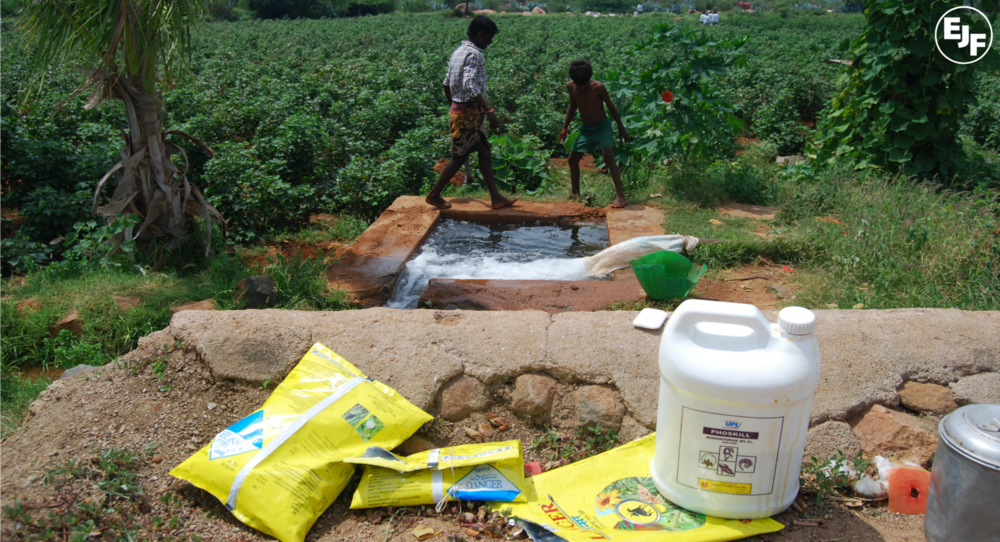
More Endosulfan victims in India
Latest research reveals further evidence of the devastating effect of endosulfan use on humans and wildlife.
AICRP scientists discovered that endosulfan (sold under a different name) was being applied to cardamom plants in Idukki and that the day after the application of the pesticide, honey bees had shown symptoms of poisoning and died.
According to Dr. Devanesan, the Principle Scientist on the project, “The bees visited the flowers and returned near to the beehive but were unable to direct their flight to the hive entrance. The poisoned bees showed decreased aggressiveness and the paralysed bees crawled on nearby objects, resulting in reduced food storage and brood rearing and decline in population in the colony”.
This finding backs up those of another study conducted in Koragas, also in the Kasaragod District, where researchers were told of mass bee kills after endosulfan spraying on plantations.
These mass kills affected the people of the local tribal community, most of whom rely on honey for food and income.
A survey conducted by India-based NGO Thanal amongst 31 beekeepers showed that annual production of honey declined from 12,015 kg before aerial spraying of endosulfan started to 68.5 kg when spraying was taking place.
Part of a wider problem
This finding backs up those of another study conducted in Koragas, also in the Kasaragod District, where researchers were told of mass bee kills after endosulfan spraying on plantations.
These mass kills affected the people of the local tribal community, most of whom rely on honey for food and income.
A survey conducted by India-based NGO Thanal amongst 31 beekeepers showed that annual production of honey declined from 12,015 kg before aerial spraying of endosulfan started to 68.5 kg when spraying was taking place.
The human impact
Research by Thanal has also uncovered an alarming link between endosulfan exposure and academic performance of pupils in two high schools located near plantations sprayed with endosulfan.
Preliminary findings indicate that the fluctuating average pass percentages for each year fit a time line of endosulfan use and then elimination.
The average pass percentage in SSLC Examinations between 1981 and 1991 (when the spraying was taking place) was 49.32 per cent, followed by a steady decline in the 1990s and hitting an all-time low of 26% in 1999-2000. The ban was introduced in 2001 and Thanal researchers observed that results improved almost steadily after this point.
Read the full story at - http://www.thehindu.com/todays-paper/tp-national/tp-kerala/article1118245.ece and http://www.thehindu.com/health/policy-and-issues/article1118638.ece
Countries reported by EJF on the ban
- Canada
- USA
- Jamaica
- Brazil
- Paraguay
- New Zealand
SIGN UP FOR OUR EMAILS AND STAY UP TO DATE WITH EJF